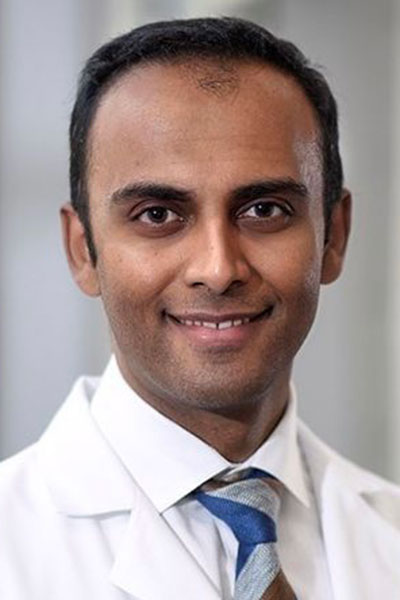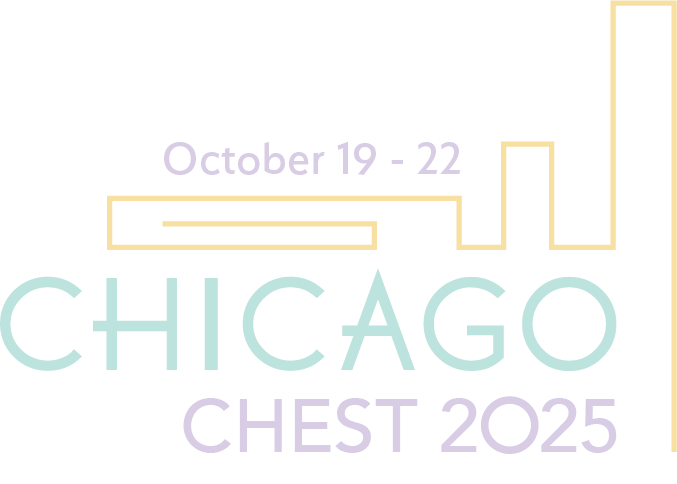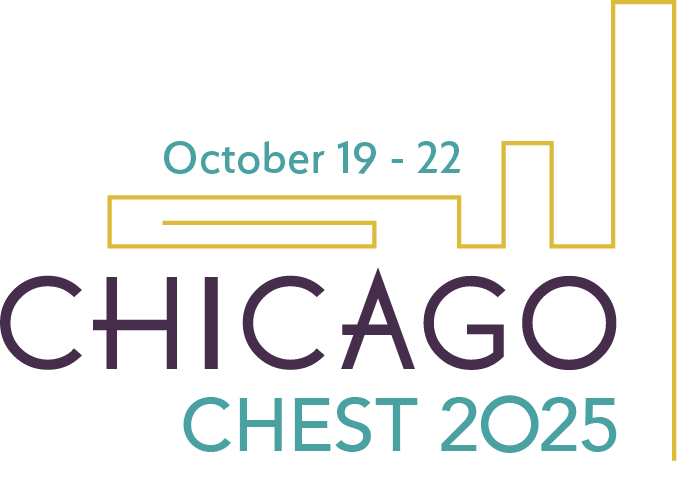Lung transplantation can be an effective treatment for end-stage lung disease, but airway complications can be an underappreciated obstacle to recovery. The International Society for Heart and Lung Transplantation (ISHLT) grading system for ischemia, necrosis, stenosis, and malacia can help clinicians better understand, prevent, and manage airway complications that can impair outcomes following successful lung transplantation.
The session, Airway Complications in Lung Transplantation: Prevention and Management, Wednesday, October 9, at 2:15 pm ET, in Room 205B of the Boston Convention & Exhibition Center, will review ISHLT guidance and explore the latest evidence and approaches to posttransplantation airway management.

Session Chair, Anupam Kumar, MD, Associate Professor of Pulmonary, Allergy, Critical Care, and Sleep Medicine and Medical Director of the Lung Transplant Program at the University of Minnesota, will lead a panel of experts in discussing factors associated with airway complications, strategies to prevent airway ischemia, and bronchoscopy interventions to address multiple airway complications.
“Airway complications can happen because of a multitude of reasons, but underlying ischemia is considered to be the driving factor,” Dr. Kumar said. “The new lungs do not have adequate blood flow initially, which in the majority of cases won’t be a problem, but in some patients can progress to ischemia. There are some surgical techniques, such as reducing the length of donor bronchus, that are considered beneficial, but prevention is mostly supportive management, paying good attention [during] bronchoscopy, making sure patients are keeping up with breathing treatments, and prevention of infections.”
Known risk factors include primary graft dysfunction; infections, especially fungal; prolonged mechanical ventilation; and donor-recipient size mismatch. Some surgeons advocate for bronchial artery revascularization (BAR) to improve blood flow and potentially mitigate the risk of ischemia. But there is little evidence to support BAR, which can complicate transplant surgery with no clear confirmation of benefit.
Approaches to managing bronchial stenosis are less controversial. Stenosis typically occurs early, usually within the first two to nine months after transplantation.
“You have to be attentive to stenosis, to look for it,” Dr. Kumar said. “Patients can be asymptomatic or present with shortness of breath and wheezing with reduced spirometry. Outcomes tend to be much better if these issues are recognized early and managed aggressively, using a balloon to dilate narrow airways and moving on to laser treatment, electrocautery, or cryotherapy—maybe place stents in the airway. If you let it go, stenosis can impact the patient’s longer-term outcome after what should be a successful lung transplant.”
Dehiscence, splitting open or separation of the airway at a suture site, is a more severe problem.
“We all want to avoid dehiscence because it is a high-mortality complication,” Dr. Kumar said. “You need to recognize it early on, especially in the ICU after transplant. Once you spot dehiscence, usually on bronchoscopy or CT scan, treatment is usually conservative—observation and monitoring—if it is a partial defect. But if you have a full-on defect, it needs to be treated immediately, usually by a self-expanding metallic stent to promote healing in the affected area.”
Bronchomalacia, partial or total collapse of the airway while breathing, can lead to infection, chronic cough, and shortness of breath. Malacia can be identified early or late and is another easy-to-miss airway complication that must be recognized early for best outcomes.
“Treatment options are limited, and [malacia is] often treated, in most cases, with noninvasive ventilation like a CPAP mask,” Dr. Kumar said. “Like so many airway complications, you have to look for it proactively. The longer you let airway complications go without management, the worse the eventual outcome. Silicone stents are rarely used for this problem.”

Join Us at CHEST 2025
Connect in person with influential clinicians from around the world—and attend top-tier educational sessions focusing on the most relevant clinical topics. CHEST 2025 will have it all, including optional add-on sessions to customize your learning. Reserve your spot today, and save $200 with early bird pricing.


